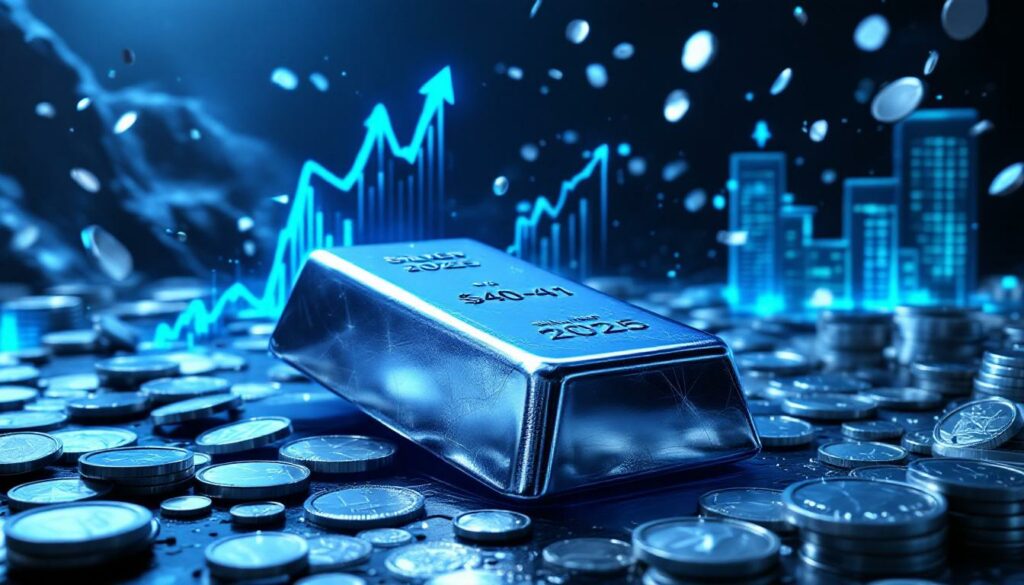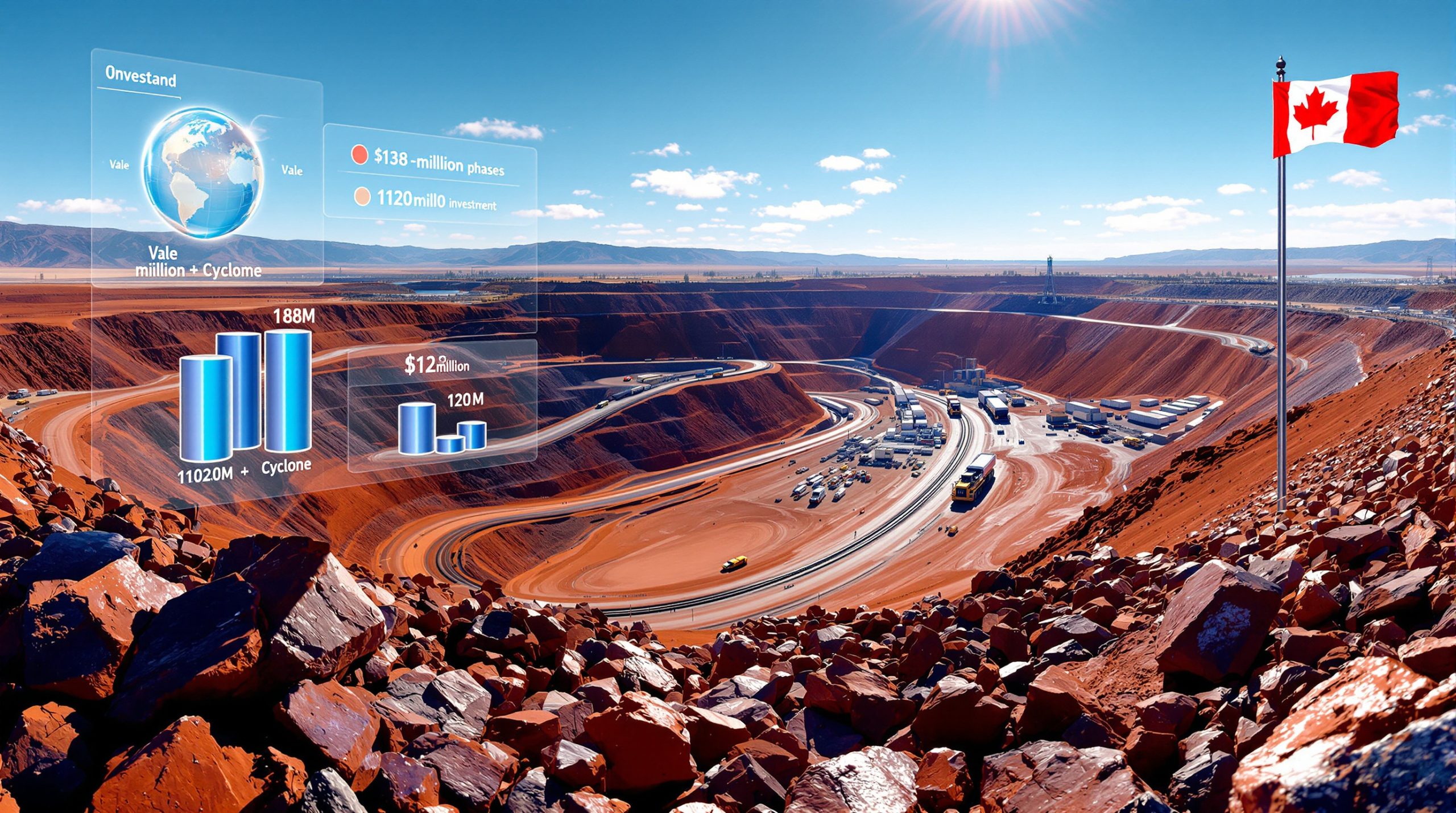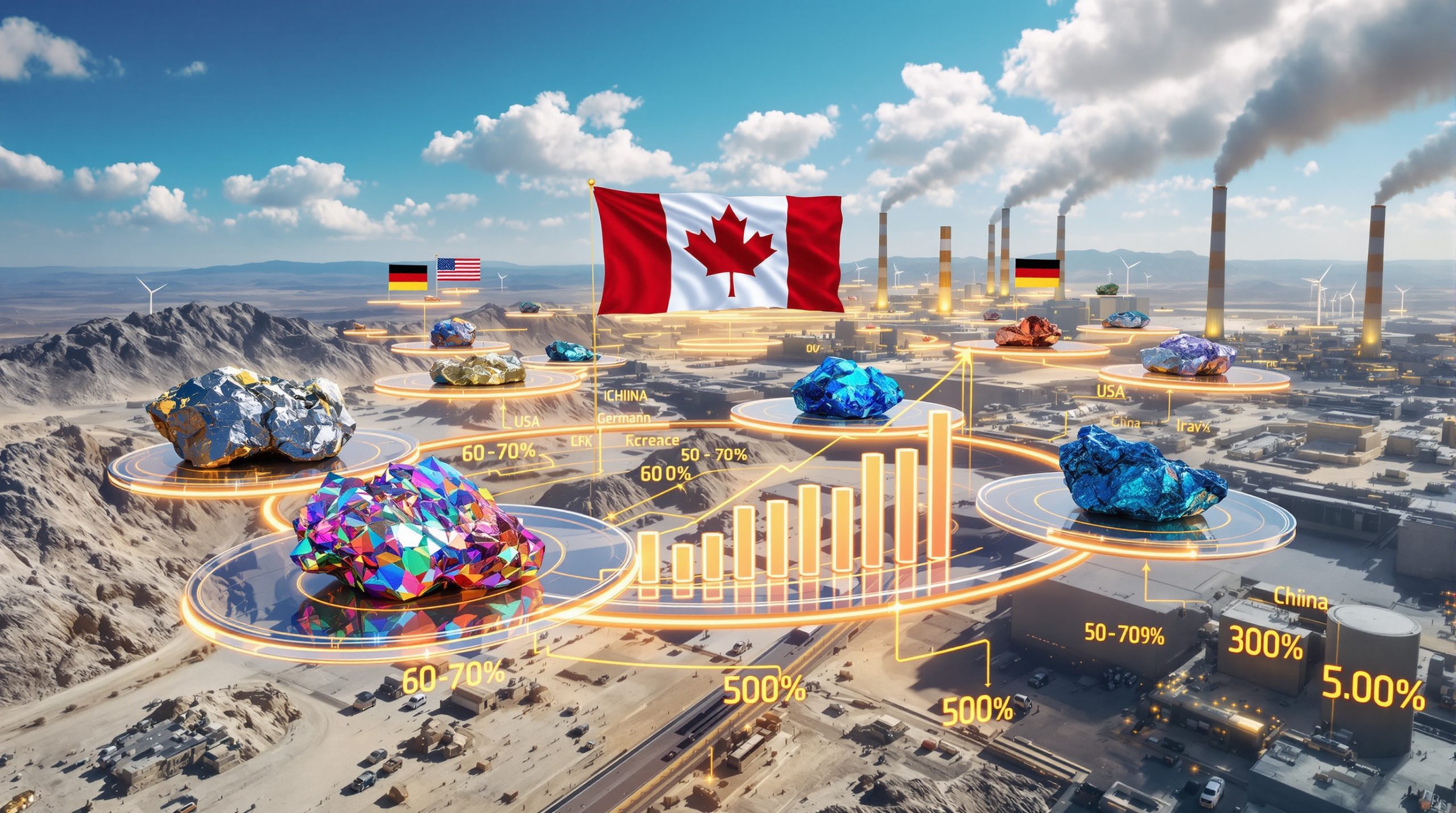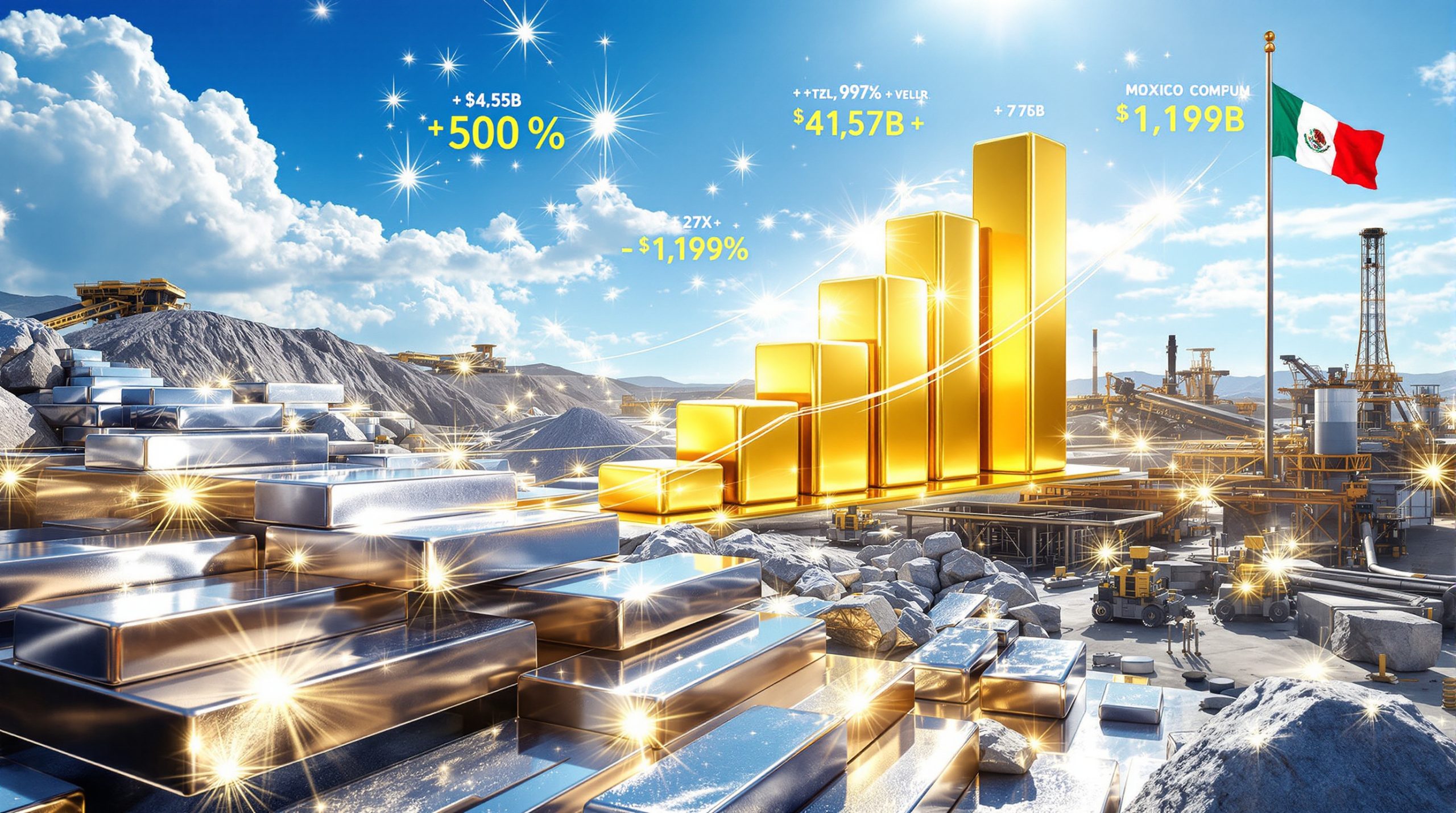What Factors Are Driving Silver Prices in 2025?
Silver's impressive price action in 2025 stems from a powerful confluence of fundamental factors that industry experts believe will sustain the current bull market for years to come. The market dynamics creating this momentum involve both supply constraints and surging demand across multiple sectors.
The Supply-Demand Imbalance
The silver market has entered its fifth consecutive year of supply deficits in 2025, creating a fundamental foundation for higher silver price predictions. This persistent imbalance shows no signs of abating as industrial consumption continues to accelerate.
"The supply-demand fundamentals of the metal are extraordinary right now," notes Keith Neumeyer, CEO of First Majestic Silver. "Physical silver is being depleted from vaults to meet industrial requirements, while mining production faces significant constraints."
Industrial demand from technology, renewable energy, and consumer electronics sectors has reached record levels. Silver's unique properties make it irreplaceable in many high-growth applications, from solar panels to electric vehicles and advanced electronics.
Meanwhile, mining production struggles to keep pace due to declining ore grades and insufficient capital investment over the past decade. The industry faces a structural challenge: the timeline from discovery to production now averages 18 years, creating a significant lag in supply response to higher prices.
The Gold-Silver Relationship
Gold traditionally leads precious metals price movements, with silver following and eventually outperforming on a percentage basis. This pattern has held true in the current cycle.
"Gold always runs first, which we saw this time around," explains Neumeyer. "Now the bid is coming into silver due to the extraordinary fundamentals."
As gold strengthened its position as a monetary metal amid global uncertainty, silver has begun to benefit from this spillover effect. The gold-silver ratio analysis shows compression as silver outpaces gold's gains.
This ratio compression typically accelerates in the later stages of precious metals bull markets, suggesting the current trend could intensify if historical patterns repeat. According to recent silver price forecasts, this relationship continues to be a key indicator for investors.
Institutional Interest Awakening
Perhaps the most significant development in 2025 has been the awakening of institutional interest in the silver sector. Large generalist funds that previously ignored silver are now actively seeking exposure.
"We're getting more inquiries today from big funds and investors looking at how they should position themselves in the silver space than we have in a decade," reveals Neumeyer.
This institutional interest is particularly impactful given silver's relatively small market size of approximately $30 billion. Even modest allocation shifts from major funds can dramatically impact prices due to this limited market capacity.
The institutional positioning remains in early stages compared to previous bull markets, suggesting substantial potential for increased fund flows as awareness grows of potential silver market squeeze insights.
What Are Expert Silver Price Predictions for 2025-2026?
As silver consolidates near multi-year highs, market experts are providing increasingly bullish outlooks for both near-term price action and long-term potential.
Near-Term Price Targets
Industry experts project silver reaching $40-41 per ounce by the end of 2025, representing a significant milestone for the metal. The current price consolidation near $37 represents a testing of resistance levels before a potential breakout higher.
"After a powerful run from $24 lows earlier this year, the metal is now consolidating just below key resistance," notes Neumeyer. "Every pullback toward $35.50 has been bought aggressively, suggesting strong support at these levels."
Technical analysts point to the formation of higher lows during each pullback as evidence of accumulation before a potential breakout above $40. This pattern typically precedes significant upward price movements.
It's worth noting that silver has only traded above $30 a few times in recent decades, indicating current price levels are already historically significant. The metal last sustained prices above $35 approximately 15 years ago.
Long-Term Silver Price Outlook
Looking beyond 2025, industry insiders suggest the silver market may be in the early stages of a multi-year bull cycle similar to the one witnessed from 2002-2012.
"We're potentially in the early stages of another 10-year run," suggests Neumeyer. "The fundamentals support a much higher price environment."
Some analysts believe triple-digit silver prices may eventually be necessary to incentivize development of lower-grade deposits. Current $35+ prices, while profitable for existing operations, remain insufficient to justify major capital investments in new production.
The supply constraints driving these silver price predictions are expected to intensify as electrification and renewable energy demand accelerates. With permitting timelines extending to nearly two decades, new production cannot quickly respond to price signals.
Comparing Silver to Other Metals
Within the metals complex, silver, zinc, and copper have been identified as three metals with the strongest investment potential due to their essential roles in electrification trends.
Silver's dual role as both industrial and monetary metal creates unique price dynamics compared to purely industrial metals. While all three benefit from technological demand growth, silver has the additional tailwind of investment demand.
When compared to gold, silver remains undervalued based on historical ratios. Throughout history, the gold-silver ratio has averaged closer to 40:1, suggesting significant upside potential from current levels if the ratio returns toward historical norms.
Why Are Silver Mining Stocks Lagging Behind Metal Prices?
Despite silver's impressive price appreciation, many silver mining stocks have yet to fully reflect the metal's gains, creating what some analysts view as a compelling opportunity.
The Valuation Disconnect
Silver mining stocks are currently trading at significant discounts compared to previous cycles, creating a notable valuation disconnect that puzzles many industry observers.
"Last time silver was at these prices, our stock was $25 a share, and we were producing half of what we're producing today," explains Neumeyer, highlighting First Majestic's current relative undervaluation despite stronger fundamentals.
Many silver miners have substantially improved their production profiles and balance sheets since previous price peaks. Companies have focused on cost control, operational efficiency, and building stronger financial positions.
Current stock prices reflect persistent skepticism about the sustainability of higher silver prices. The market appears to be waiting for confirmation that elevated prices will persist before fully rewarding mining equities.
This pattern of initial underperformance is consistent with historical precious metals bull markets. Mining equities typically lag physical metal prices before catching up and eventually outperforming as the cycle matures.
Industry Consolidation Impact
Significant M&A activity has reduced the number of pure silver producers available to investors, creating scarcity value for remaining silver-focused companies.
Recent acquisitions include Coeur Mining taking over Silver Crest and Pan American acquiring Mag Silver. These transactions have concentrated production among fewer companies while reducing investment options.
"With the M&A activity in the silver space, it's getting smaller and smaller," notes Neumeyer. "First Majestic is now the third-largest North American silver producer."
The North American silver space is now dominated by three major producers with limited options for new entrants. This mining consolidation trends creates potential premium valuations for remaining silver-focused companies as institutional capital seeks exposure.
Acquisition targets with permitted, development-ready assets are increasingly scarce, further enhancing their strategic value in a supply-constrained environment.
Production Cost Inflation
Mining costs have approximately doubled over the past two decades, creating margin pressure despite higher metal prices. This cost inflation has tempered earnings growth and stock performance.
"Over the 22-year history of our company, our costs have doubled," explains Neumeyer. "Current all-in sustaining costs for major producers average around $19 per ounce."
Labor costs represent the largest expense category and continue to rise amid competition for skilled workers. The mining industry faces a tight labor environment, particularly for engineers, geologists, and specialized roles.
Energy, equipment, and chemical costs add to margin pressure, though higher silver prices currently provide healthy operating margins for established producers.
How Is Investment Demand for Physical Silver Evolving?
Investment demand represents a critical driver for silver prices, creating competition with industrial users for available supply. This demand continues to evolve in response to economic uncertainties and changing investor preferences.
Retail Investor Behavior
Retail investors increasingly view silver as an affordable alternative to gold for portfolio diversification and inflation protection. This segment has shown remarkable consistency in supporting prices.
"Every price dip has been met with strong physical buying," observes Neumeyer. "Retail demand remains robust even as prices move higher."
Some producers have established direct-to-consumer sales channels to capture additional margin from retail demand. First Majestic's mint operation now processes approximately 7% of their total production, with a goal of reaching 10%.
"We decided to launch our own mint because we were being bottlenecked by the current mints," explains Neumeyer. "We're making a little bit of extra margin on our ounces while providing investors direct access to our production."
This direct model allows producers to realize premium pricing while establishing direct relationships with investors, creating a win-win scenario for both parties.
ETF and Institutional Flows
ETF inflows have reached their strongest levels since 2022, indicating growing institutional acceptance of silver as an investment asset. These vehicles provide convenient exposure for investors who prefer not to handle physical metal.
Institutional investors are beginning to allocate capital to silver as an inflation hedge and portfolio diversifier. Large funds are expressing renewed interest in positioning themselves in the silver space after years of minimal exposure.
"We're seeing the highest level of interest from generalist investors in a decade," notes Neumeyer. "These are funds that previously had zero exposure to the sector."
This institutional demand complements and competes with industrial consumption, potentially accelerating the supply deficit if substantial new capital enters the market. This trend is highlighted in recent silver squeeze strategies being deployed by investors.
Central Bank Influence
Central bank gold purchases indirectly support silver prices by validating precious metals as strategic assets. While central banks primarily focus on gold, their actions influence the broader precious metals complex.
Monetary policy decisions affecting interest rates and currency values have significant implications for silver pricing. The metal historically performs well during periods of negative real interest rates and currency debasement.
Geopolitical tensions driving safe-haven demand benefit both gold and silver as non-sovereign assets. De-dollarization trends among various nations potentially create additional support for precious metals as alternative reserves.
Some sovereign wealth funds are beginning to consider strategic silver allocations alongside their gold holdings, though this trend remains in early stages compared to central bank gold purchases.
What Challenges Face Silver Mining Companies?
Despite favorable pricing, silver mining companies face significant operational and regulatory hurdles that constrain their ability to rapidly expand production.
Permitting and Development Timelines
The average timeline from discovery to production now extends to approximately 18 years, creating substantial lag between price signals and supply response. This extended timeline significantly reduces the elasticity of silver supply.
"It takes so long to get a mine permitted and built today," explains Neumeyer. "The permitting processes have become incredibly complex and time-consuming."
First Mining Gold's project in Ontario exemplifies these challenges, having spent over 10 years in the permitting process despite significant investment. "We've spent $100 million in the last 10 years trying to get that project permitted," notes Neumeyer.
Regulatory hurdles create significant barriers to new supply, particularly in jurisdictions with complex environmental review processes. These lengthy timelines make it difficult for producers to respond to price signals with new production.
Environmental and social licensing requirements add layers of complexity beyond formal permitting. Companies must navigate community concerns and sustainability expectations that have evolved significantly in recent decades.
Geopolitical Considerations
Resource nationalism trends affect mining jurisdictions globally, creating uncertainty about long-term investment returns. Mining companies must carefully evaluate country risk when allocating capital.
Mexico remains the world's largest silver producer and is considered a tier-one jurisdiction with improving attitudes toward foreign investment. "Mexico has become more supportive of mining in recent years," notes Neumeyer.
Companies increasingly focus on stable mining jurisdictions like Canada, Australia, parts of the US, and Europe to mitigate political risk. This concentration of investment in safer jurisdictions limits global supply potential.
Land tenure and permitting certainty have become critical factors for investment decisions, sometimes outweighing geological potential. Companies prioritize jurisdictional security even when it means developing lower-grade deposits.
Grade Challenges and Capital Requirements
Declining ore grades necessitate larger operations to maintain production levels, requiring substantial capital investments. The industry faces a fundamental challenge as the highest-grade deposits have largely been depleted.
"Significant capital investments are required to develop new silver projects, and current prices still don't justify many lower-grade deposits," explains Neumeyer.
Some industry experts believe triple-digit silver prices may eventually be necessary to incentivize substantial new production from marginal deposits. At current price levels, many known resources remain uneconomic to develop.
Exploration success rates have declined despite increased expenditures, reflecting the difficulty of finding new high-grade deposits. Companies must explore in more remote locations or at greater depths, increasing discovery costs.
How Is the Silver Market Structure Changing?
The silver market's structure continues to evolve, with significant implications for investors and consumers alike. These changes affect everything from producer concentration to retail distribution channels.
Producer Concentration
Three major North American silver producers now dominate the market following years of consolidation. "Pan American is number one, Coeur is number two, and First Majestic is number three," notes Neumeyer.
Smaller producers have been acquired or have consolidated operations to achieve economies of scale. This concentration creates potential pricing power while reducing investment options for silver-focused portfolios.
Pure-play silver companies have become increasingly rare as many miners have diversified into gold or base metals. This scarcity potentially creates premium valuations for remaining silver-focused producers.
Major producers are focusing on larger, longer-life assets with 8-10 year mine lives to justify capital investments. These larger operations provide production stability but require significant upfront capital.
Junior Mining Sector Dynamics
Junior mining companies typically represent the last segment to benefit in precious metals bull markets, following the appreciation of physical metal and established producers. This pattern appears to be repeating in the current cycle.
Early signs of capital flowing into exploration companies have emerged in 2025, though valuations remain depressed compared to previous bull markets. "The juniors haven't really participated yet," observes Neumeyer.
A significant valuation gap exists between producers and explorers, creating potential opportunities for investors willing to accept higher risk. This gap typically narrows as bull markets mature and capital seeks additional leverage.
Major producers have become increasingly reliant on juniors for project pipeline development due to reduced exploration budgets. This relationship creates strategic investment opportunities as producers seek to secure future resources.
Strategic investments and partnerships between majors and juniors have become more common as a risk-sharing mechanism. These arrangements provide juniors with needed capital while giving majors options on future production.
Direct-to-Consumer Models
Some producers have established direct sales channels to capture additional margin from retail demand. This vertical integration strategy represents a significant evolution in the precious metals supply chain.
First Majestic's mint operation processes approximately 7% of their production, with a target of reaching 10%. "We decided to do our own mint because we were being bottlenecked by the current mints," explains Neumeyer.
Vertical integration strategies enable producers to capture premium pricing for branded products. Retail consumers often pay significant premiums above spot prices for physical silver products.
Direct consumer connection provides valuable market intelligence to producers regarding retail sentiment and demand patterns. This feedback loop helps companies optimize production and marketing strategies.
What Technical Indicators Support Higher Silver Prices?
Technical analysis provides additional evidence supporting the case for higher silver prices in 2025-2026. Multiple indicators suggest the potential for continued upward momentum.
Chart Patterns and Price Action
Silver has rallied from $24 lows earlier in 2025 to nearly $37, establishing a strong uptrend with higher lows during each pullback. This pattern typically indicates sustained buying pressure.
Current consolidation below key resistance levels suggests accumulation before a potential breakout. "The metal is now consolidating just below key resistance," notes Neumeyer.
Every pullback toward $35.50 has been aggressively bought, indicating strong support at these levels. This price action demonstrates conviction among buyers despite the significant gains already realized.
Technical indicators point to potential breakout above $40, aligning with fundamental price targets. The completion of multi-year base formation provides a solid foundation for the current advance.
Volume Trends and Market Sentiment
Trading volumes have increased during price advances, confirming the validity of the uptrend. Higher volume on up days versus down days typically indicates healthy market participation.
Open interest has grown in futures markets, suggesting expanding participation rather than just short covering. This broadening market engagement supports the sustainability of the current trend.
Options positioning shows increasingly bullish sentiment among traders and institutions. The put-call ratio has declined as market participants position for further upside potential.
Retail participation has broadened beyond traditional precious metals investors. Social media interest in silver investments has expanded, potentially bringing new capital to the market.
Comparative Performance Metrics
Silver has outperformed many other commodities on a percentage basis in 2025, demonstrating relative strength. This outperformance often continues once established, particularly in supply-constrained markets.
The gold-silver ratio has been compressing from historical highs, indicating silver's relative outperformance. This ratio typically contracts during precious metals bull markets as silver outpaces gold.
Mining stocks have begun to outperform the underlying metal in recent months, a pattern that typically emerges as bull markets mature. This relative performance shift often signals growing conviction among sophisticated investors.
Silver has substantially outpaced inflation rates, providing positive real returns in an environment where many financial assets struggle.
Want to Profit From the Next Major Mineral Discovery?
Discovery Alert's proprietary Discovery IQ model delivers instant notifications of significant ASX mineral discoveries, transforming complex data into actionable investment opportunities. Explore why major mineral discoveries lead to substantial market returns by visiting Discovery Alert's dedicated discoveries page and start your 30-day free trial today.




